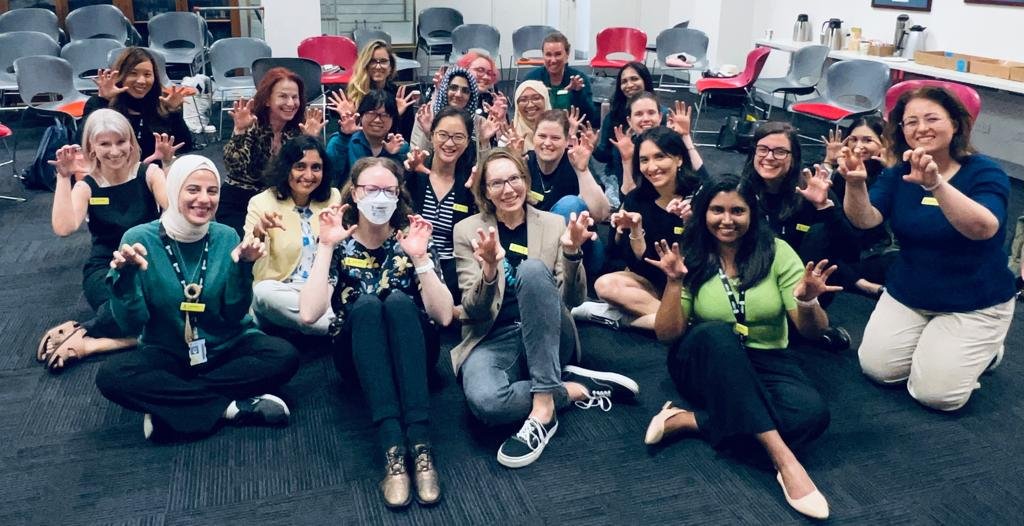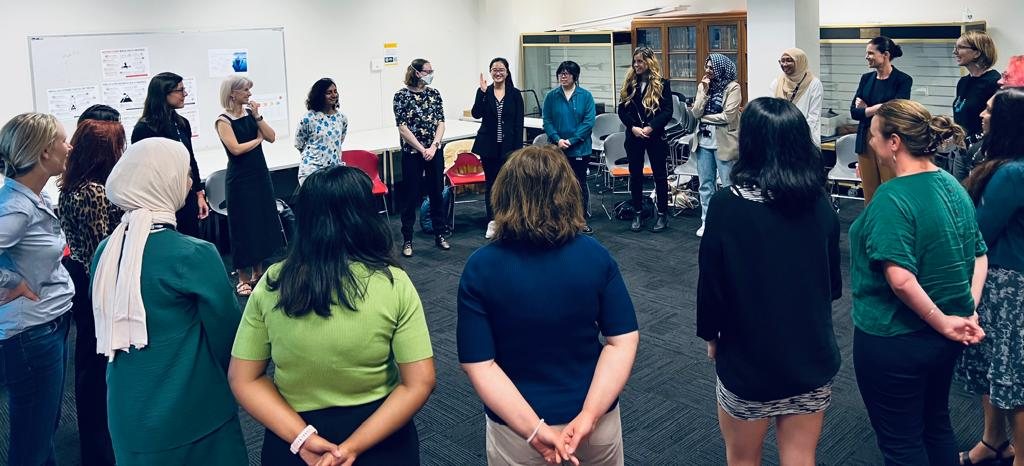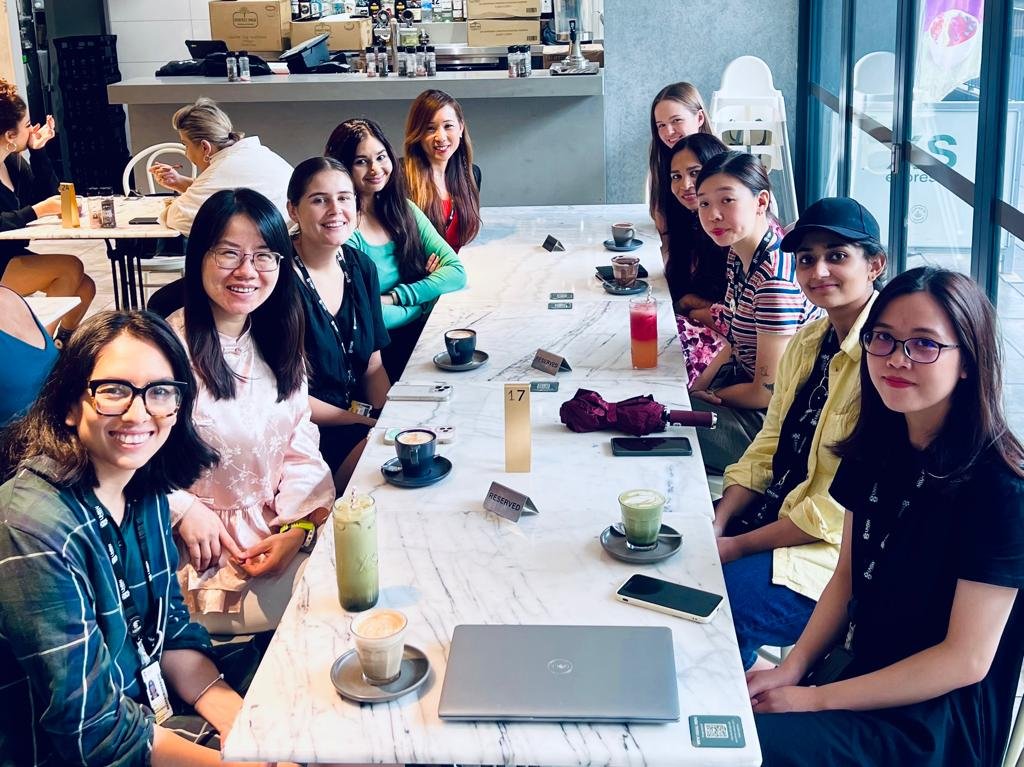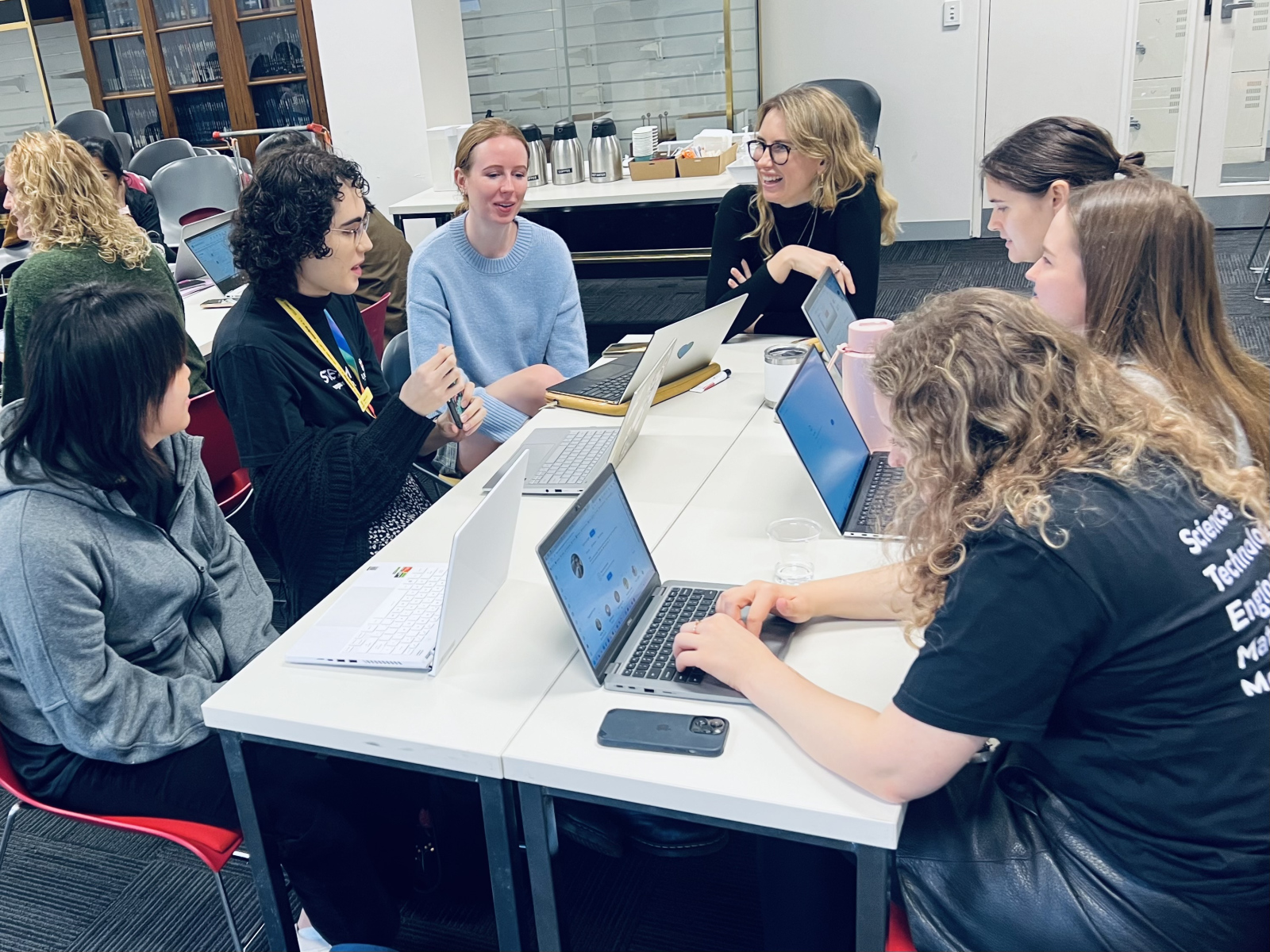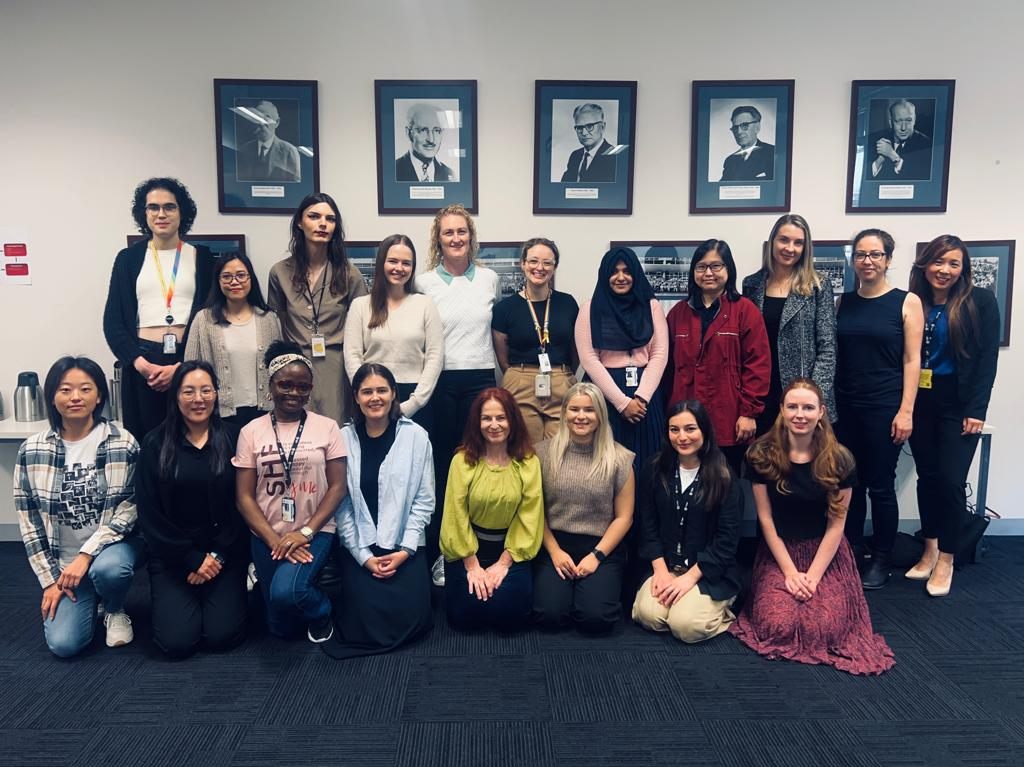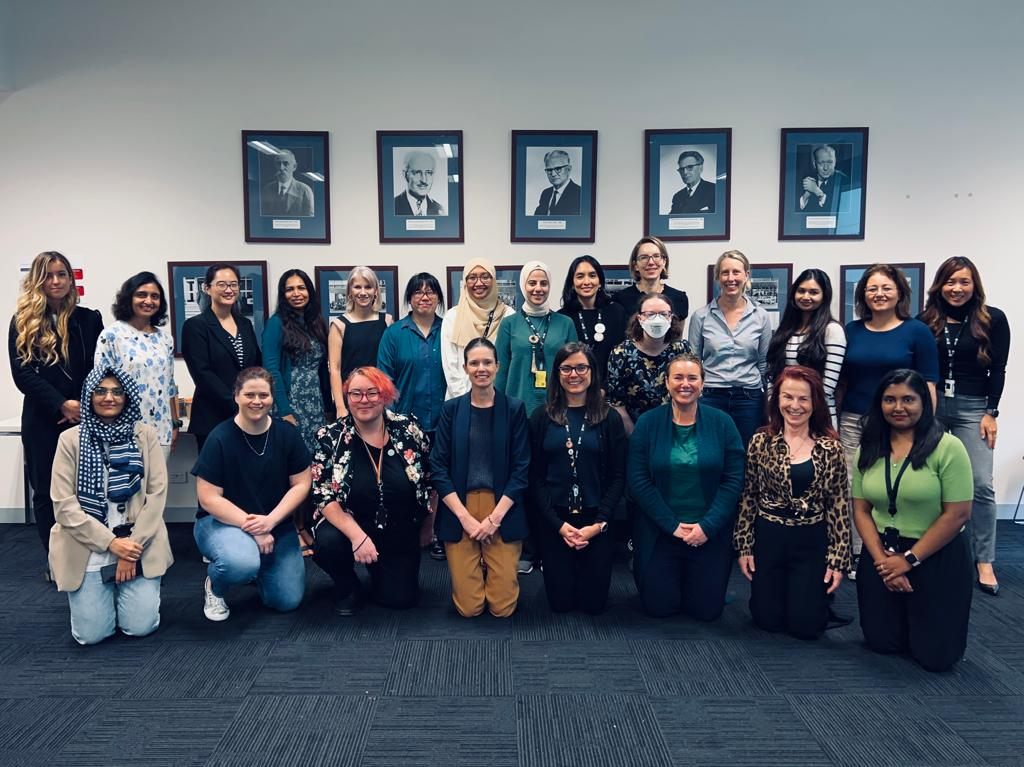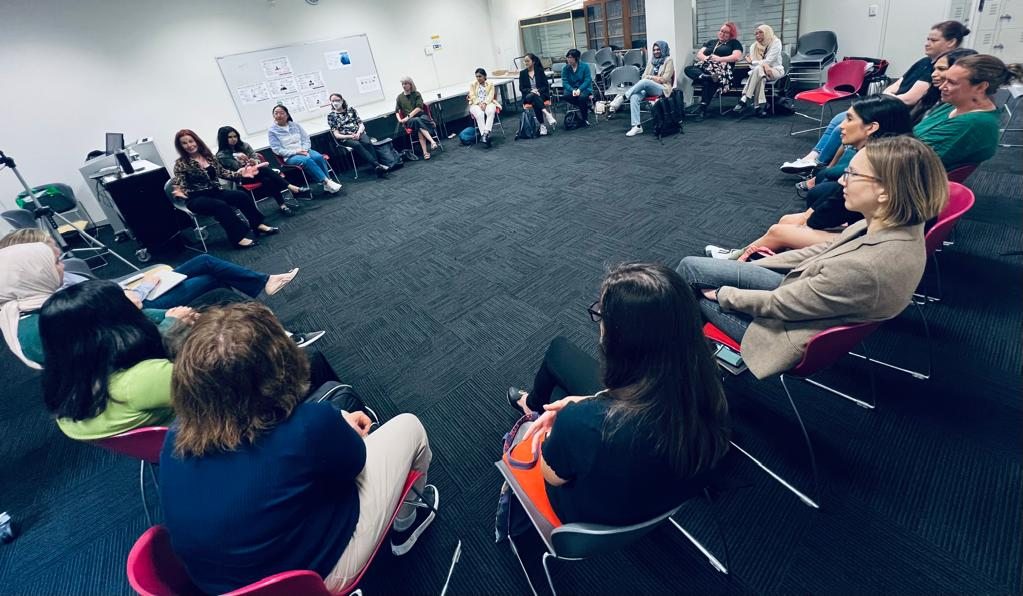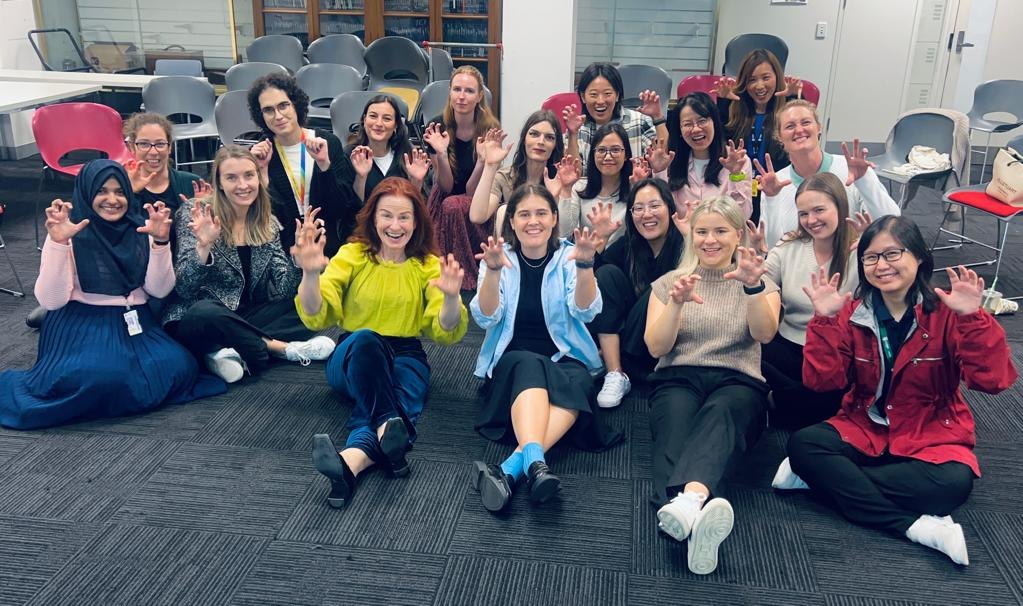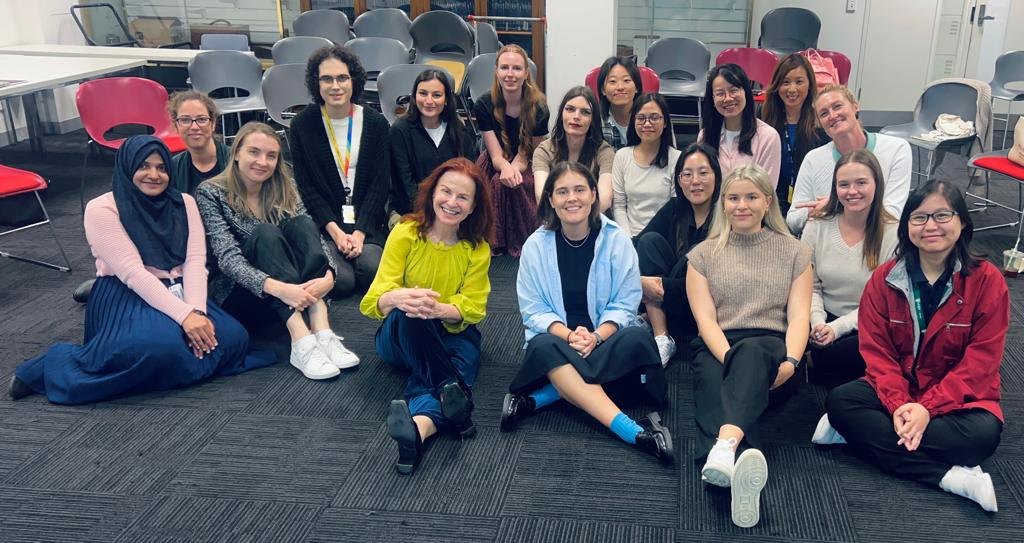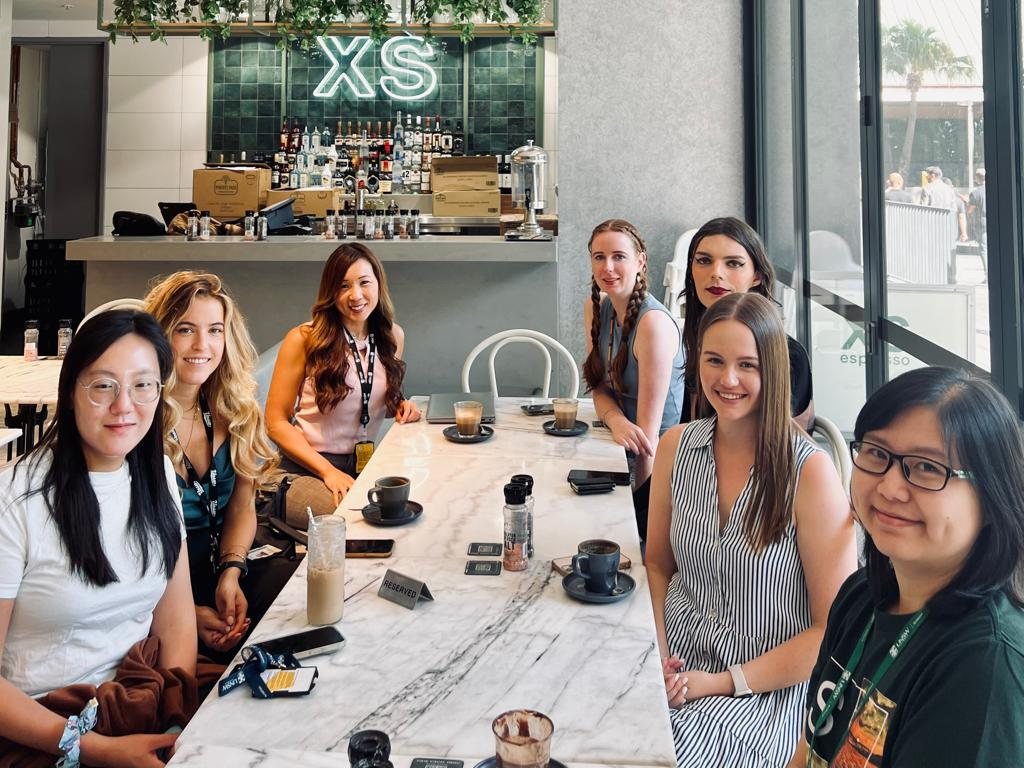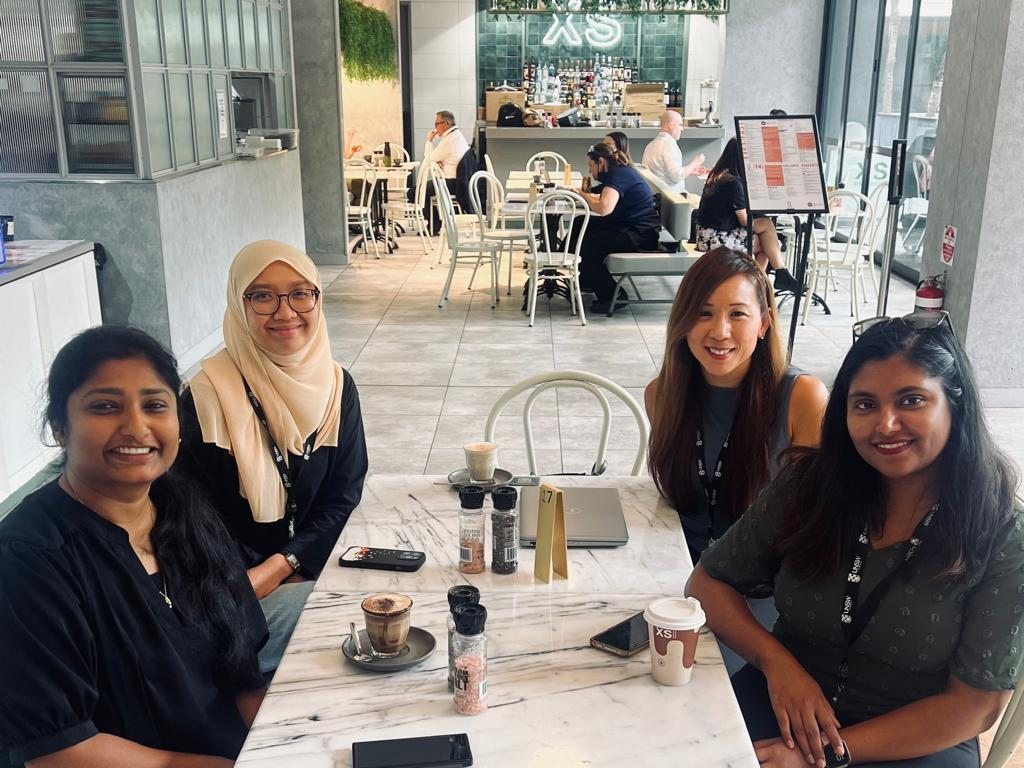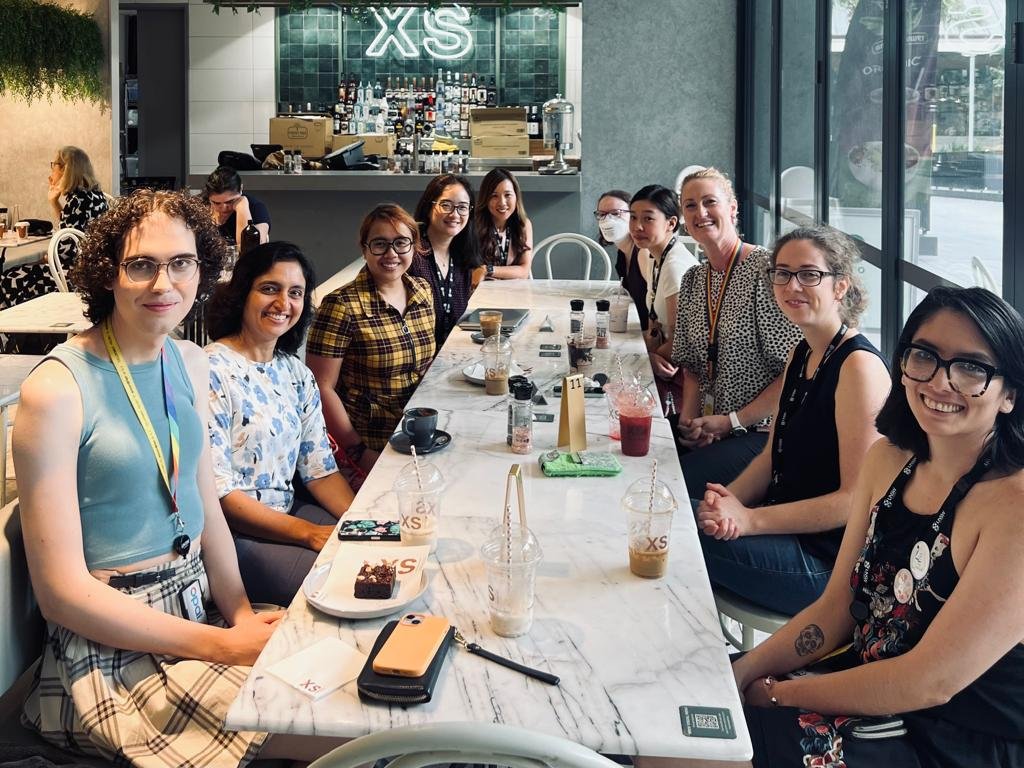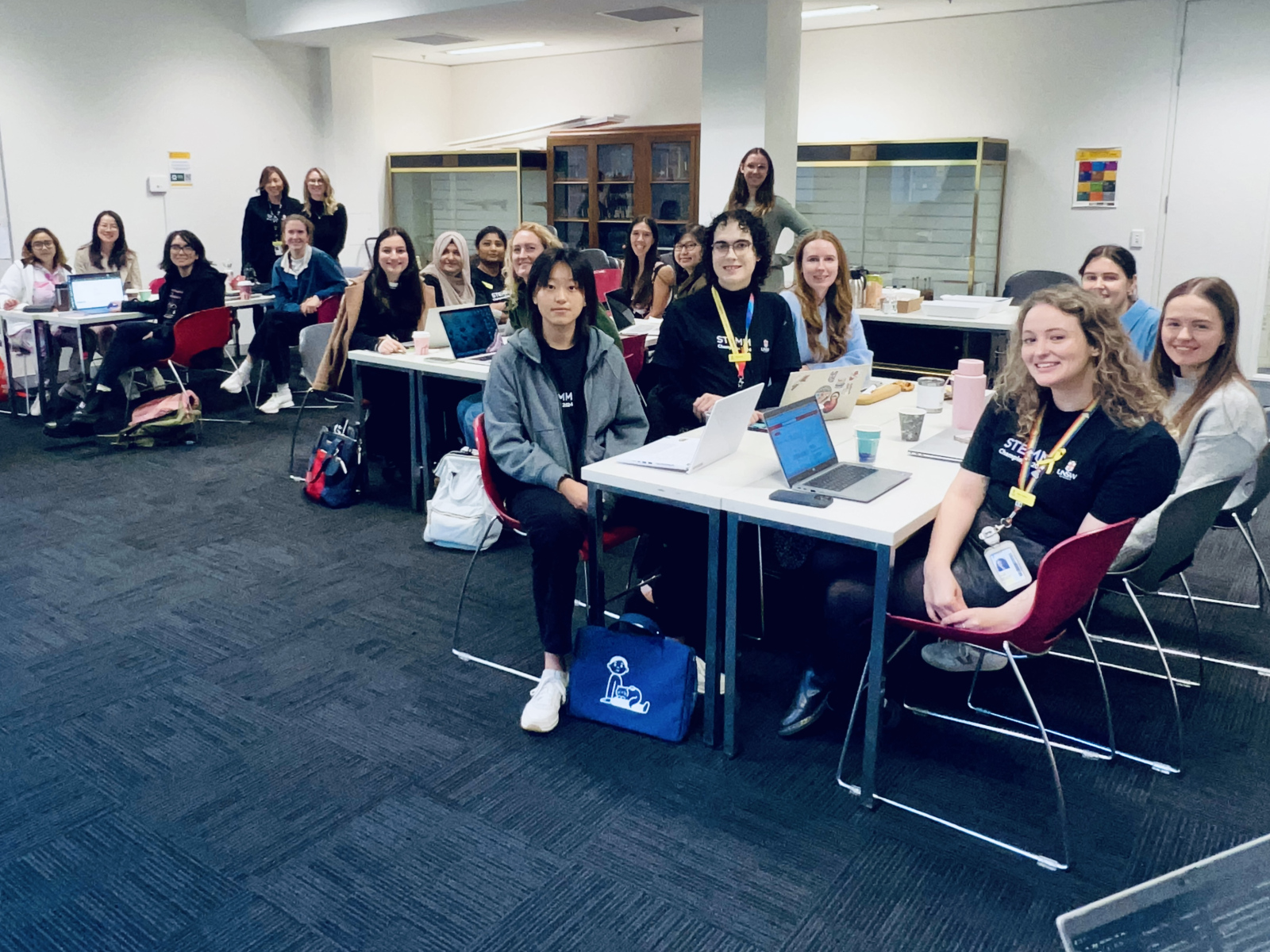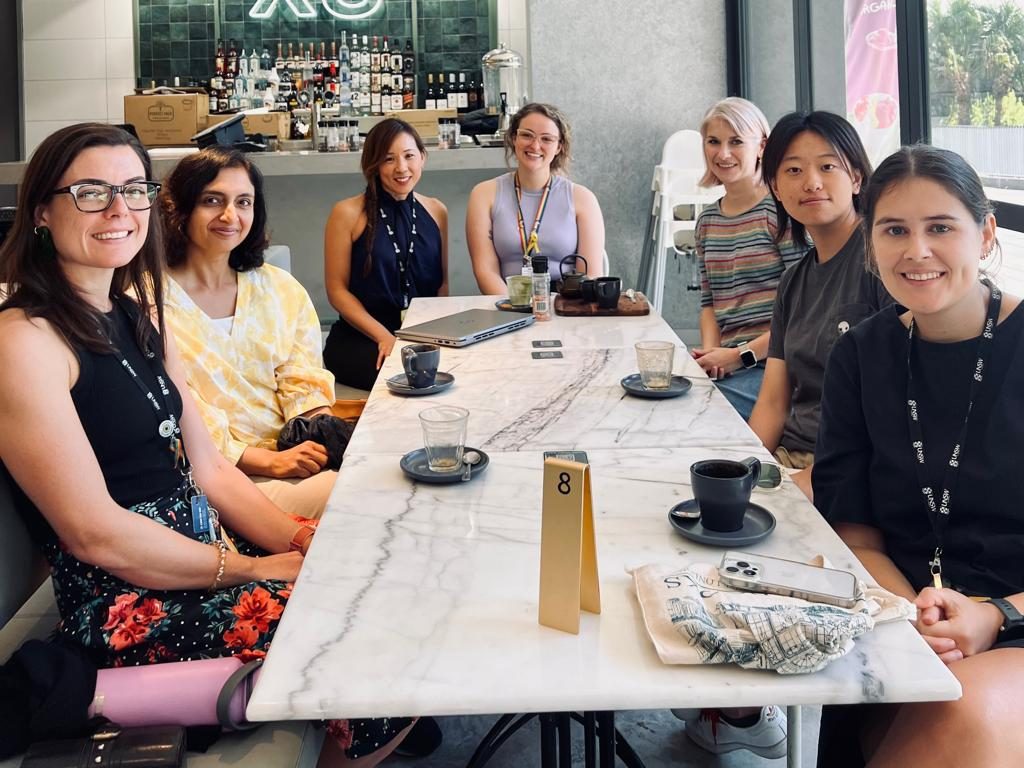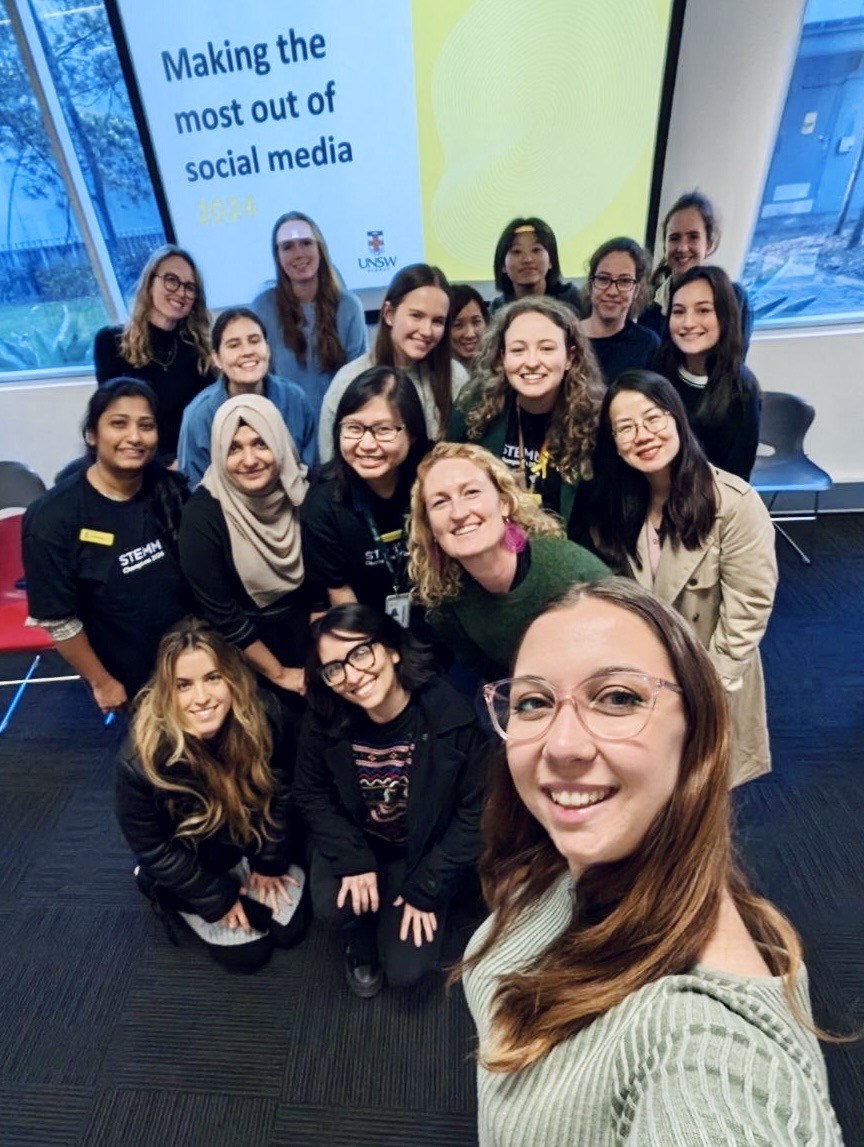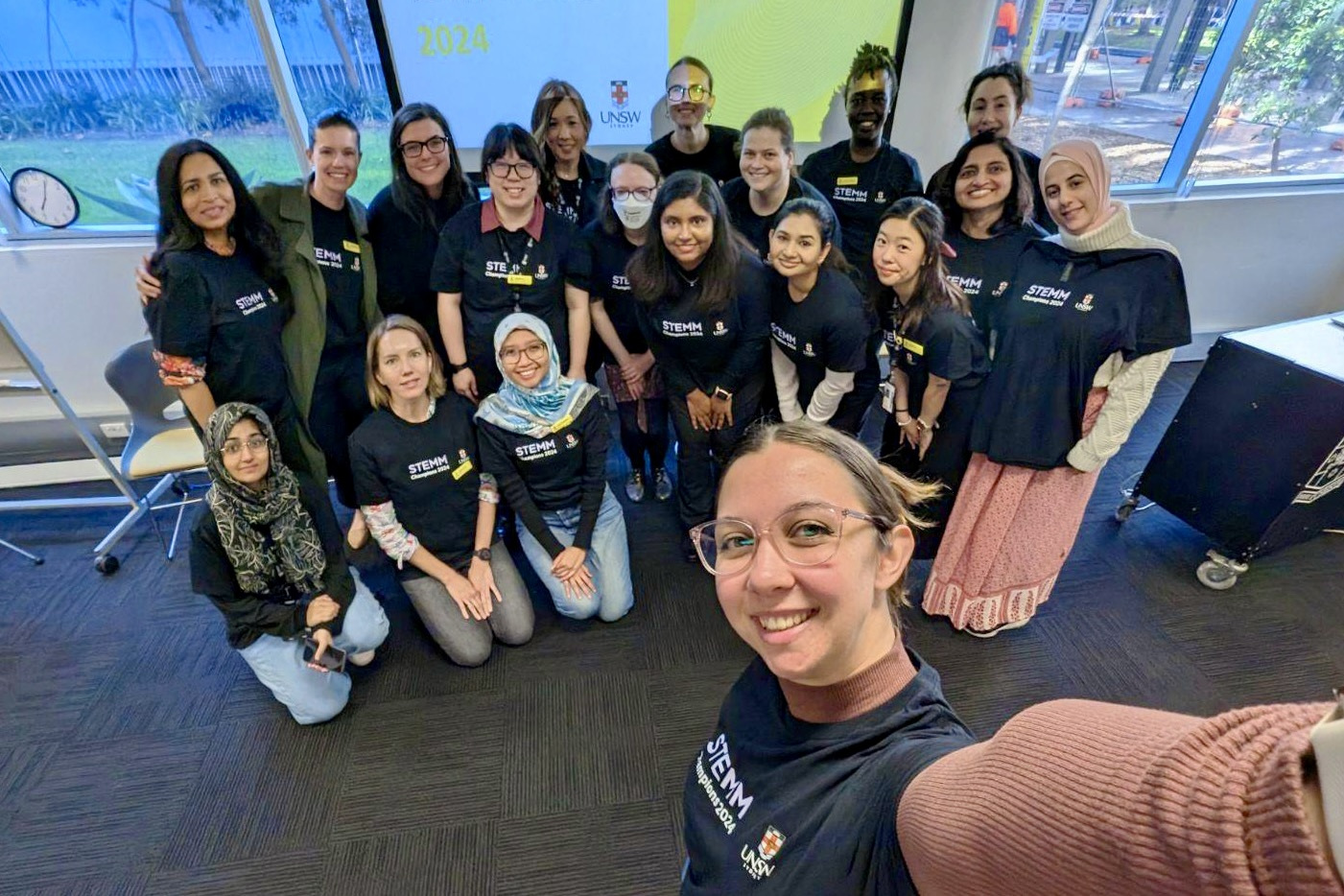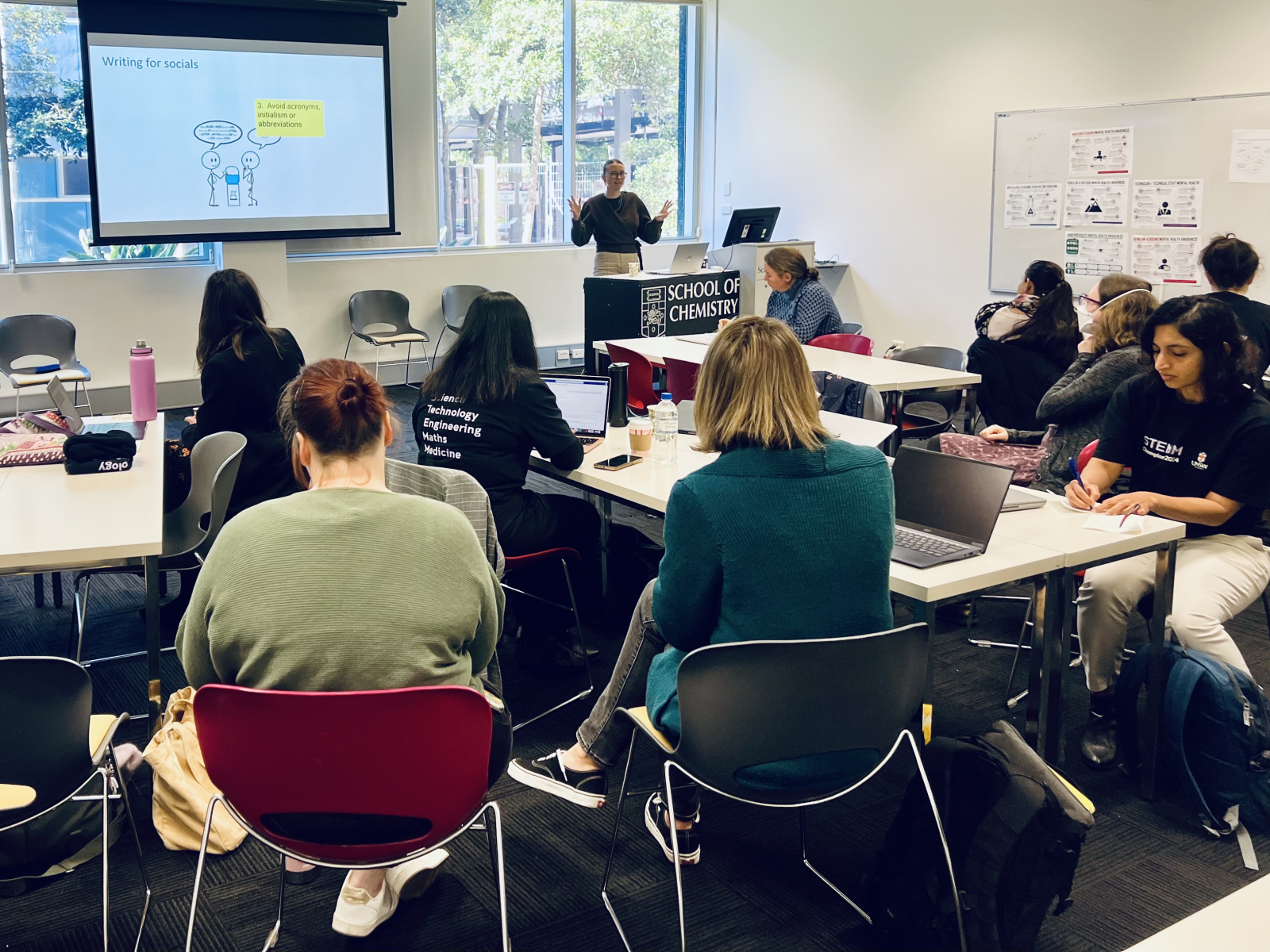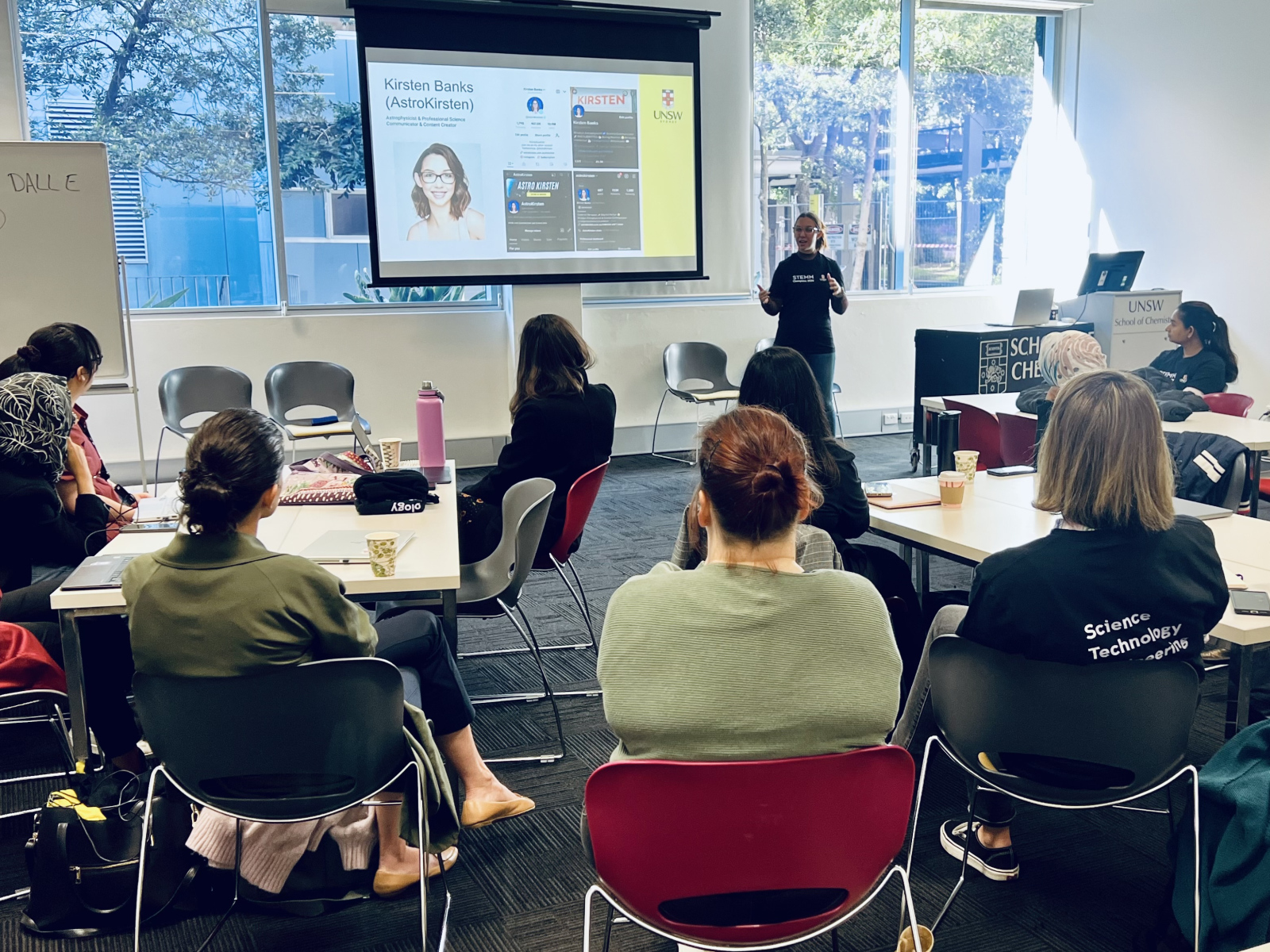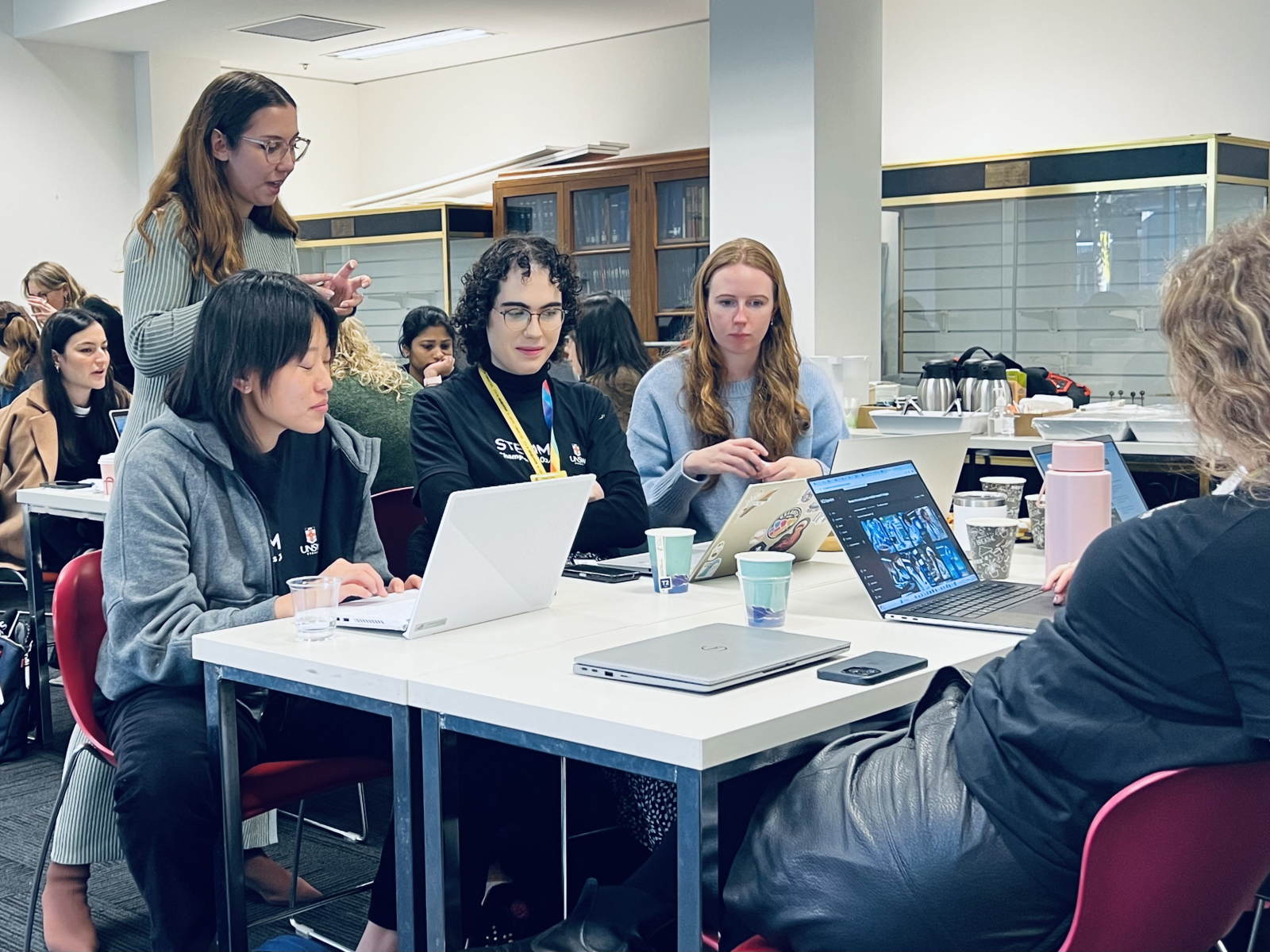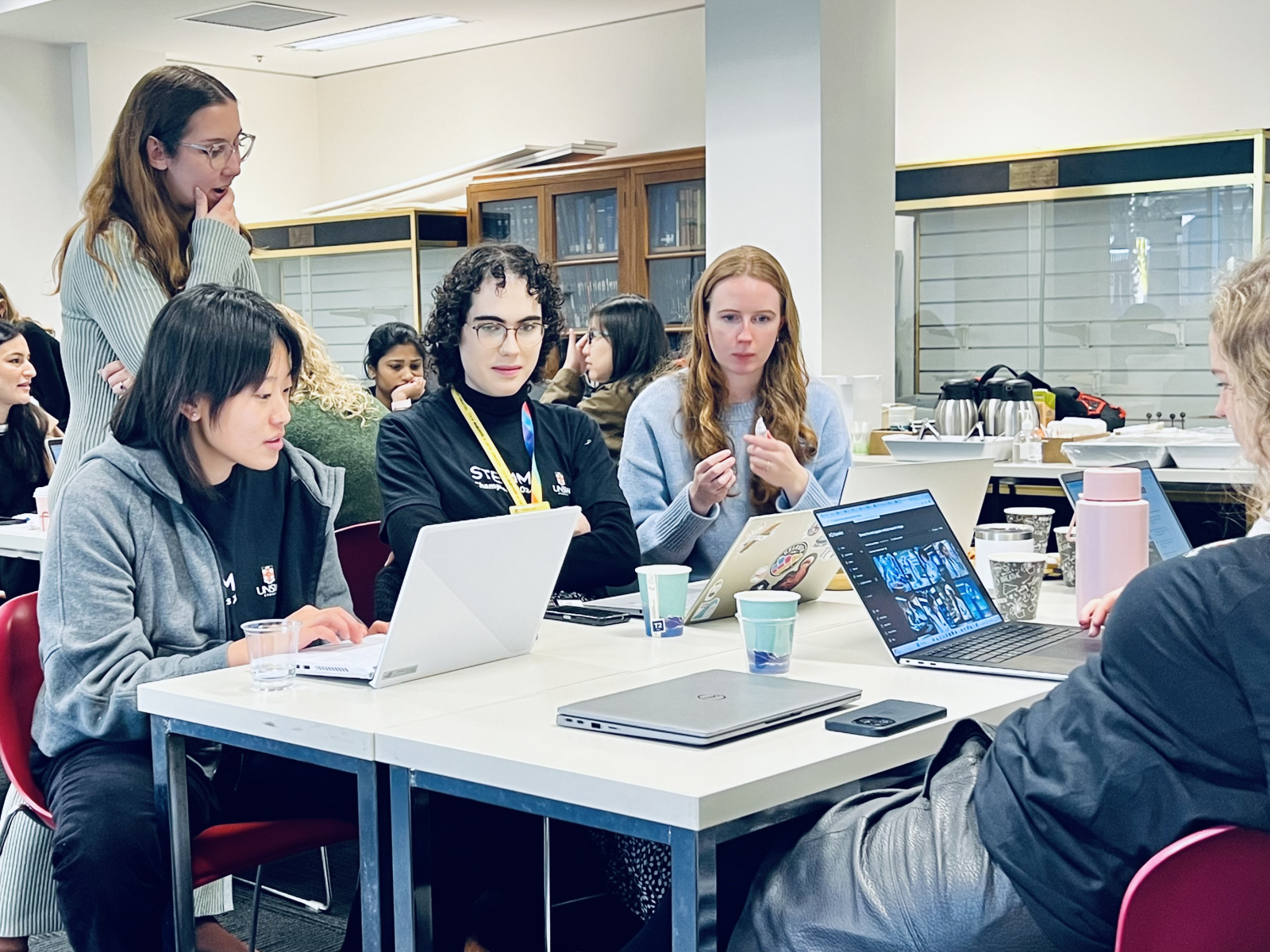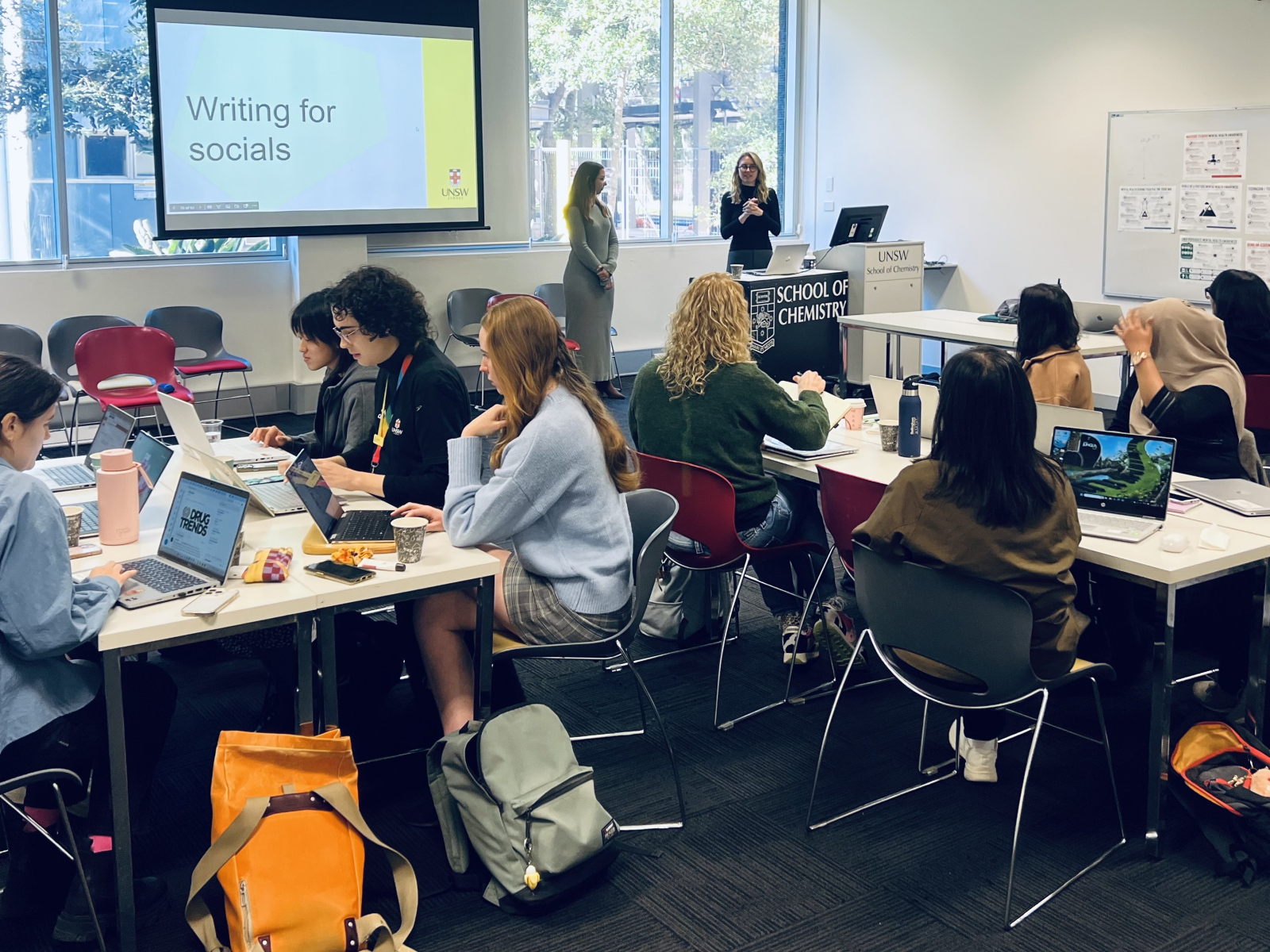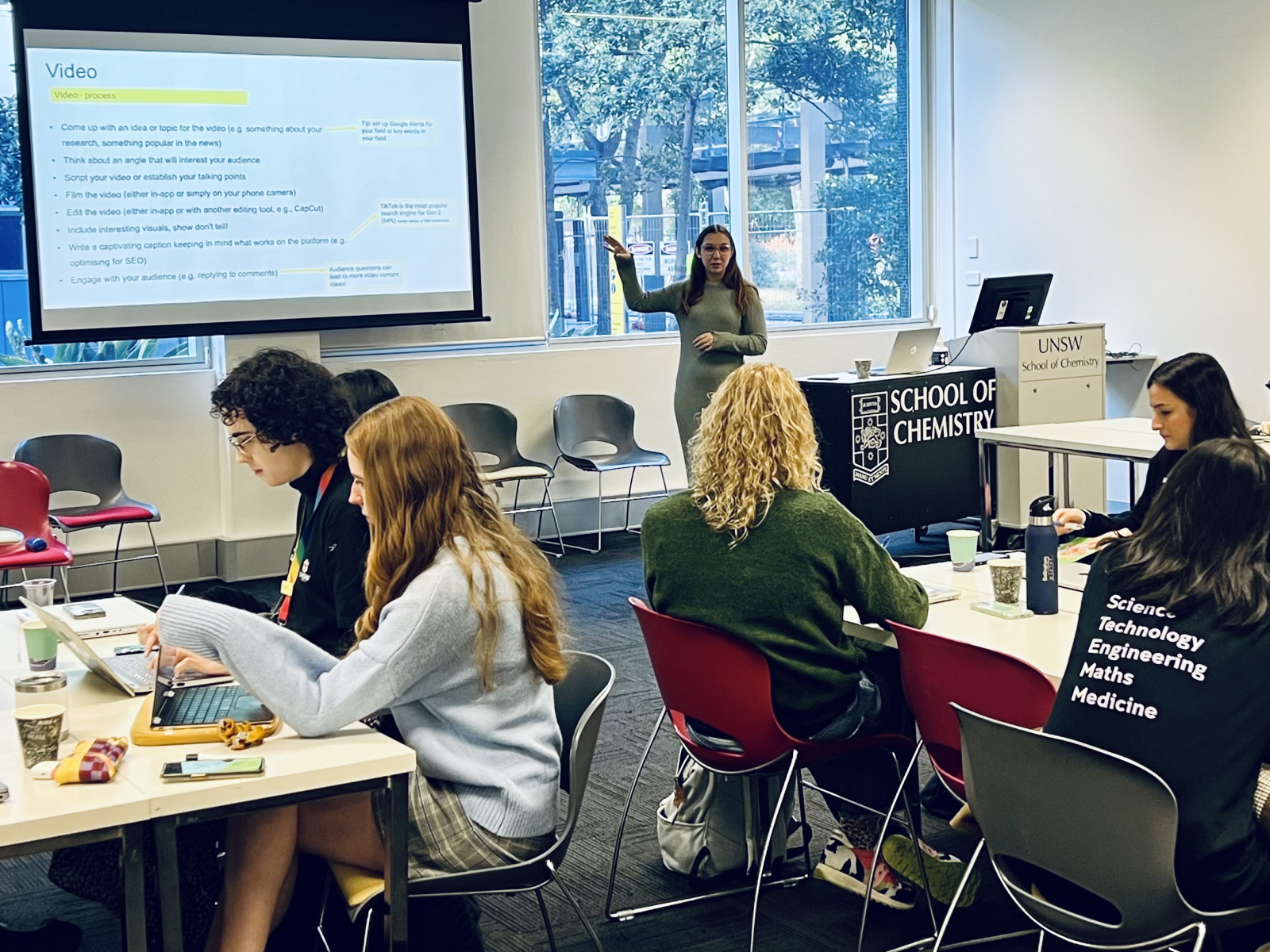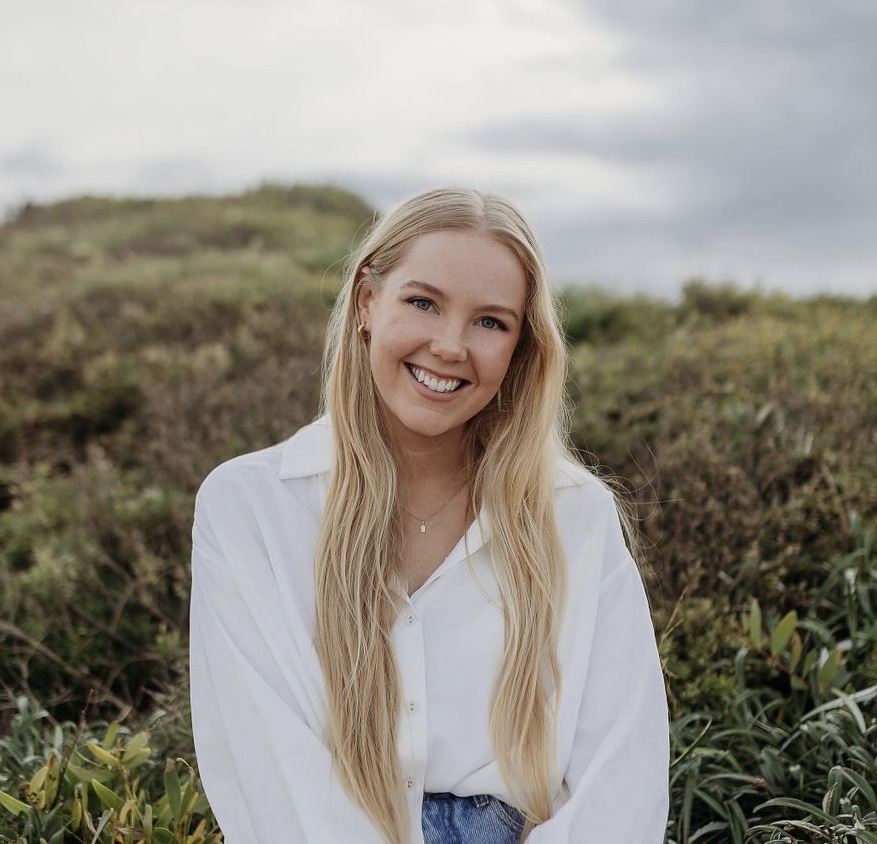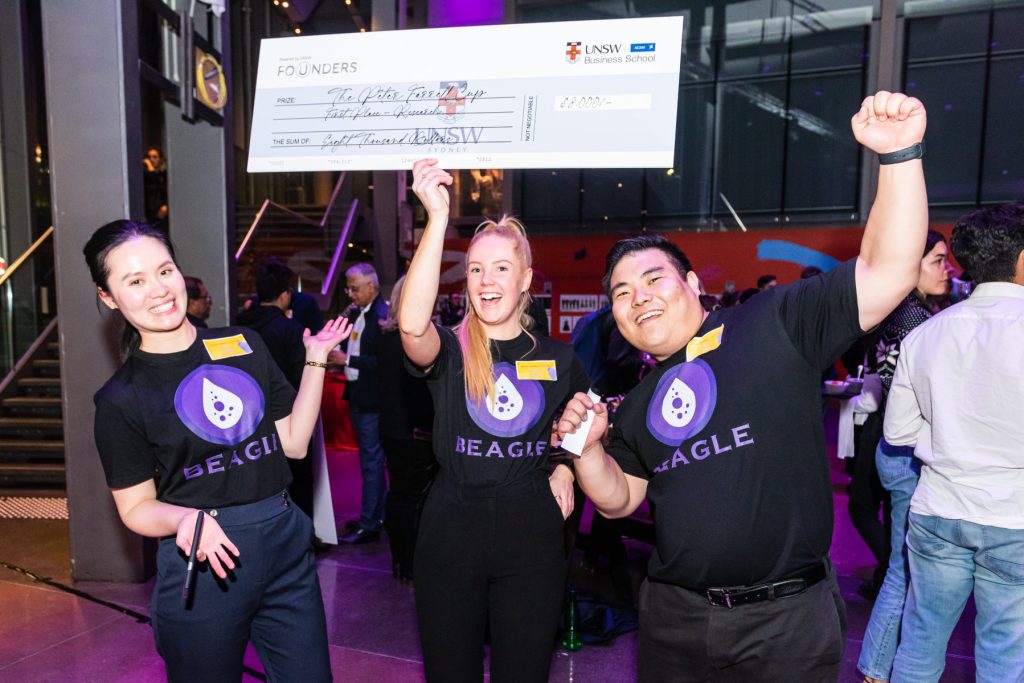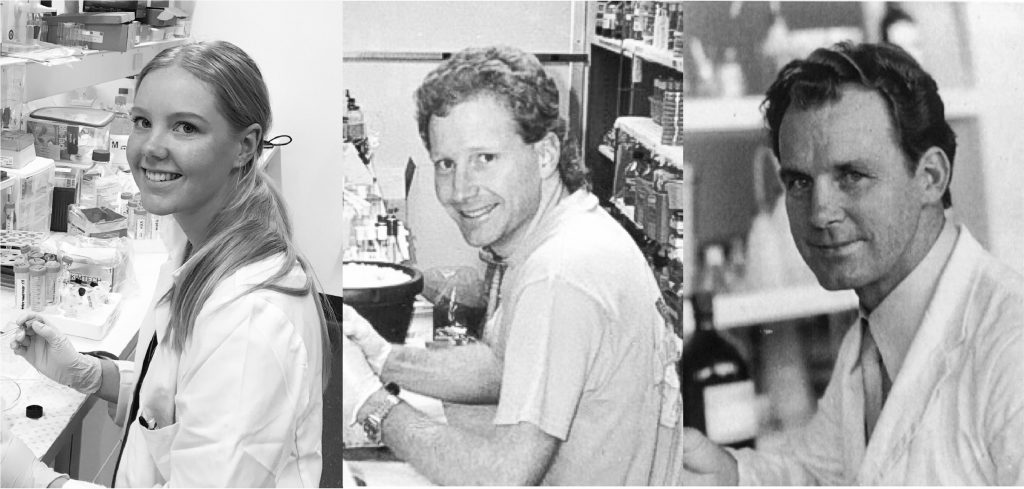By Vina Putra, Wanutcha (Soon) Lorpaiboon and Inna Osmolovsky
On June 24th, our champions had a chance to test their storytelling abilities, by participating in the 1 Minute Thesis Showcase. The challenge is to tell about your research in 1 minute. Vina, Soon and Inna share their experiences from this event.

Soon:
Every story has a beginning, a middle, and an end. The level of detail given to each of the three parts depends on how much time one has.
The 1 Minute Thesis Showcase (1-MT hereafter) is a stage for postgraduate students to tell the story of their research. In which they engage for four years of their lives. Not only will these stories reach those outside our scientific niche, it is also an opportunity for us to reflect on what the true aim of our research is and what we have achieved in our journey so far.
Vina:
It takes a skill for a scientist to be able to communicate their research to the public, it takes advanced skills to do that in less than 60 seconds! This is why I appreciated the opportunity to participate in the 1-MT. It challenged my ability to present complex science in a relatable way. Knowing how hard it was to prepare and simplify my research into 1 minute speech, I was amazed by the effort of my PhD fellows, especially our champions! I was also amazed by how much I understood the complex research of other students, ranging from chemistry, marine biology, to psychology.
Here are some points that I learned from the champions’ talks that really adhered in my mind, particularly about using the slides effectively as visual cues:
Highlight the hero of your research:
Caitlin Tedesco, successfully talked about looking at changes in the BRAIN during weight loss surgery and how we may be able to use them in less invasive, alternatives; Divya Shah successfully told us the story about the danger of dinitrophenol despite being popular as a weight loss drug, and how her research is seeking to solve that problem. These champions displayed on their slides simply the heroes – the subject that they are investigating, nothing more.

Unlimited creativity with drawn illustration:
Our champions, Inna Osmolovsky talked precisely about plants ability to move in different directions, with the help of her hand-drawn plants illustration as well as the fun fact that plants do migrate at the rate of 6 km/decade in response to climate change; Daniela Wilner talked about sexual and asexual reproduction in stick insects, and why and how this ability could shape the world, through her simple model organism – the female stick insect.

Create a scene and tell a story:
Sonia Goozee brought us to a battlefield between white fat vs. brown fat. Telling us about their role in obesity. Explaining how the immune cell associated with brown fat cells makes them much better in preventing obesity; Wanutcha (Soon) Lorpaiboon took us on a time travel journey to the past. She showed how perfluoroalkyl substances have accumulated and are now present everywhere, even our body! Through computational modelling, she attempts to discover better ways to degrade these substances.

Inna:
The 1-MT was an opportunity to not only tell the story of your research, but to also learn about the research projects of others. Listening to the stories of my fellow scientists inspired me to think about my own research in a new way. I was also fortunate to get a glimpse into how scientists are working tirelessly to improve our lives.
I have learnt from Merryn how breath analysis could help us detect cancerous tumors in our lungs:

Karen explained that the success of invasive species lies in their ability to escape natural enemies, which are not present in the new environments:

Sujlesh told us about the important difference between the mirror opposites of the same molecule. Explaining about the methods she develops to produce only one of them;
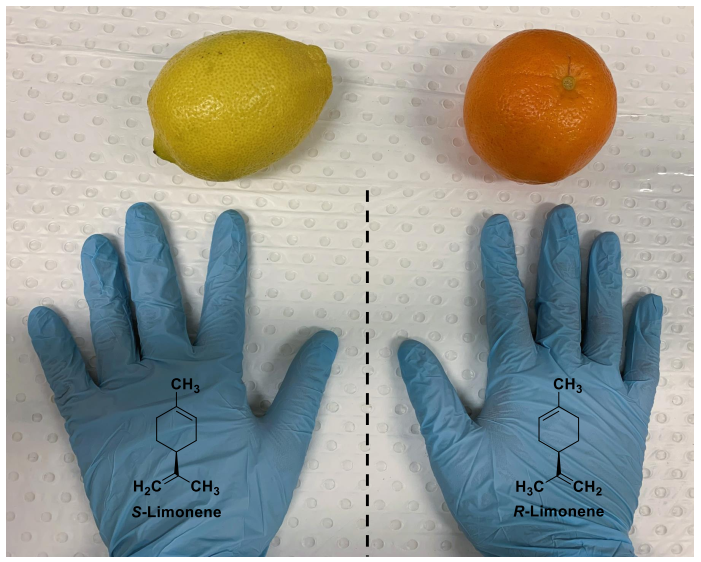
And from Sophia’s talk, I discovered how our the prelimbic cortex in our brains helps us learn new movements and transform them into habits:

Science is sometimes viewed as grey, emotionless and boring. However, this showcase proved again how creative, diverse and exciting science actually is.
Soon:
When approaching the 1-MT, it may seem daunting. So many worries will pass through our minds: “I have one chance to deliver the 1-MT this year”; ” Someone will hold a stopwatch to my words”; “There will be hundreds of people in the audience”; “So much to talk about and so little time”; “Will I forget my script?”.
I find comfort knowing that, in any task we do, how we perform in any given instance is not as important as how we will improve for next time.
Congratulations to our champions and all the participants and winners in the 22’ research showcase!

Come support these three amazing scientists in the 3-minute thesis on August 31st, 2022.

